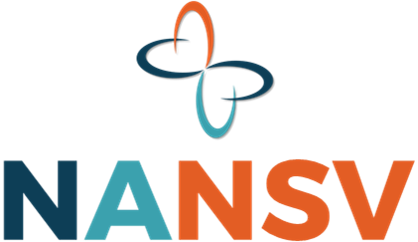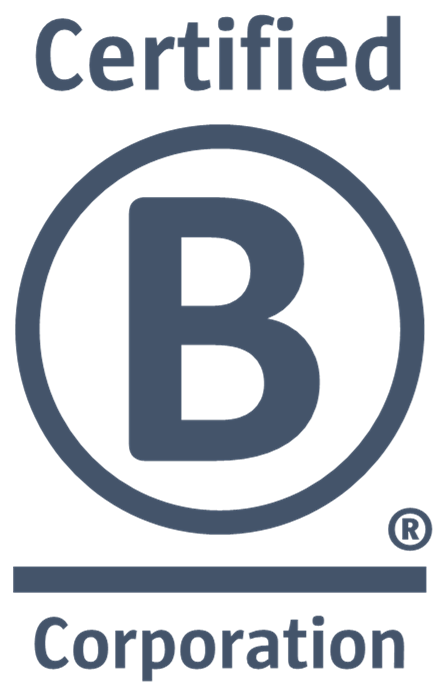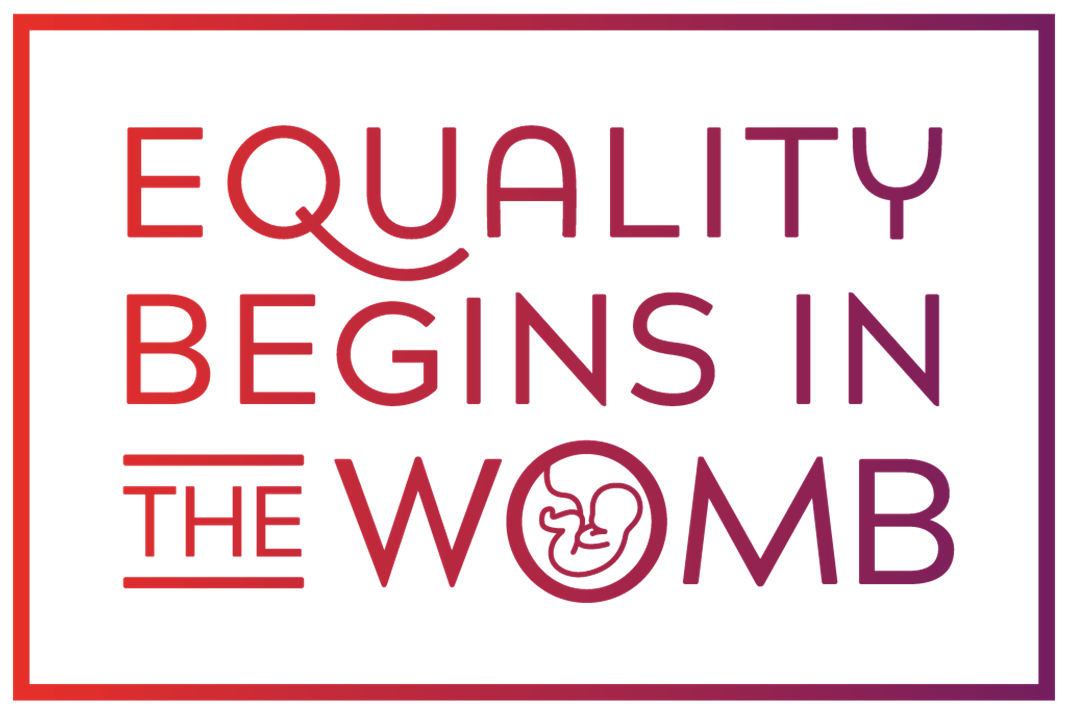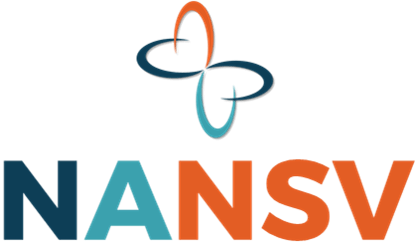Mapping Your Journey to Small Business Success
How to embrace your business vision, invest in it, and take control of your future
Originally published Aug 17, 2016
You’ve got a grand vision. Your small business has started off well. Maybe you’ve reaped the benefits of a government program like 8(a), or maybe you’ve done it all on your own. Everyone’s back story is different, but at this point it doesn’t matter, things are good, and you’re looking ahead. You want to succeed, and you’ve got impressive goals. It’s time to start planning. How are you going to get where you want to go?
Part of this question is “where’s the money going to come from?” That’s obviously critical. How are you going to maintain your current sales? What new products and/or services are you going to offer? What new markets are you going to pursue? How are you going to get your name out there? Most importantly, how are you going to translate “I’m interested” into “I’m going to buy what you’re selling?”
Equally crucial, though, is how you are going to deliver once the business arrives. If you don’t deliver, growth will be short-lived, and you won’t achieve your vision—even worse, you could become just another number in “failed small business” statistics. Reputation is key to small business growth (especially if you’re getting detached from set-aside programs), but it’s also absolutely essential to sustainability.
Successful businesses invest in their futures. They take hold of their visions, and they think ahead—“What will we need to look like in order to accelerate and accommodate growth?” Accelerate and accommodate is the essence of the challenge. What’s going to grow the business, and what’s going to ensure that customers are getting what they expect when they buy?
Understanding the strategic “journey” is a great first step for small businesses with growth designs. The “easy part” is setting your sales targets, and breaking them down into milestones. It’s a little harder to figure out the composition—what’s going to drive the numbers? It gets even more difficult to understand what it all means operationally. What’s the best delivery structure at each milestone? What skills will you need to get from Point A to Point D, and Points B and C in between? What kind of infrastructure will be required? What cultural attributes will encourage growth and sustain the results? There are a lot of questions to be answered about what growth means, beyond the bare sales and profit metrics.
Once you lay out the essentials, you can start addressing “how.” These are the gory details. What roles will you need? As a small business, you can often get away with “multi-taskers,” but with growth comes cost-effectiveness through specialization… who’s going to do what in the future? How are you going to recruit the right candidates to fill those roles? What becomes of the people who have loyally accompanied you on your journey this far? And then there are the challenges you didn’t get into business to solve—human resources administration, technology infrastructure, facilities, etc. There are many complexities, and too many businesses don’t deal with them until it’s too late.
Why not just “wing it,” cross that bridge when you come to it? That’s less costly up front, and you may not be sure you can afford the time and money it takes to plan ahead. But… and it’s a big but… you won’t accelerate growth to the extent that you can, and you’ll certainly have a ton of headaches trying to accommodate it if it happens—headaches that often also cost money. The decision whether to make the investment required to think ahead toward the future beyond the numbers, and the confidence to start transitioning before the results come in, may make or break your business. To be successful, you need to send the right letters, and make sure someone’s home to answer the return mail.
You’ve invested a lot of time and energy into your small business. You’ve taken risks to get this far. Now it’s time to ask yourself, “How committed am I to taking this to the next level?” If you’re confident in yourself, your "big idea," and your company, it’s time to make the leap. Take the next steps toward sustainable growth. Don’t contribute to the failure rate… invest in your future and make it happen.
Learn More and Act Now
We can help you get where you want to go. Contact us today to find out how.
Read Other Posts




















